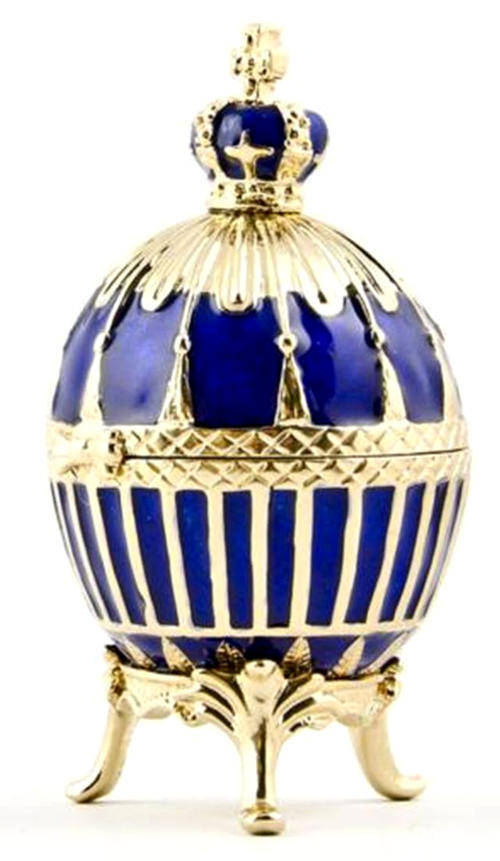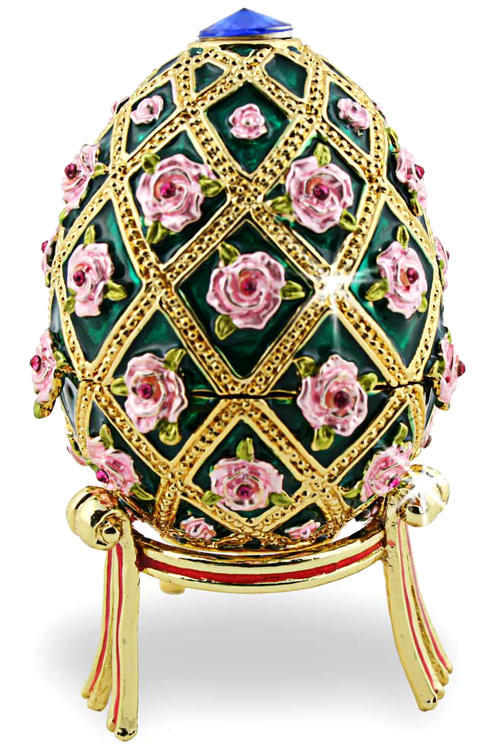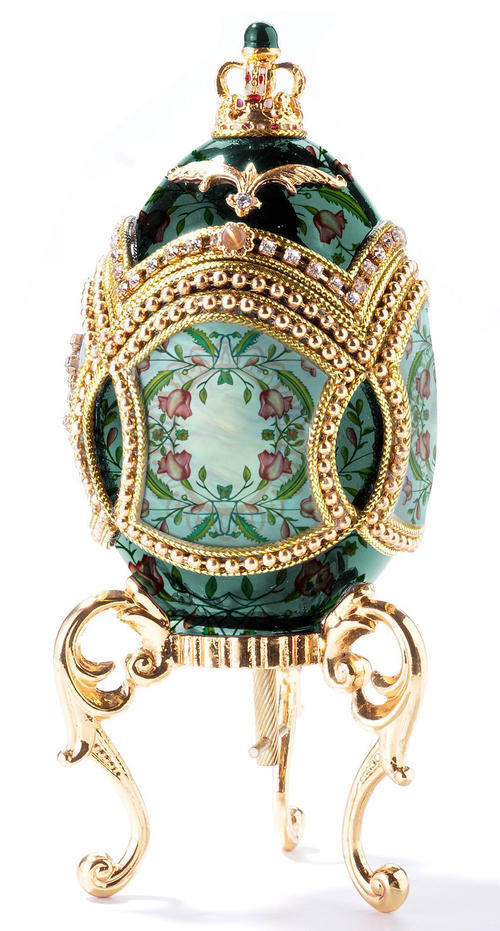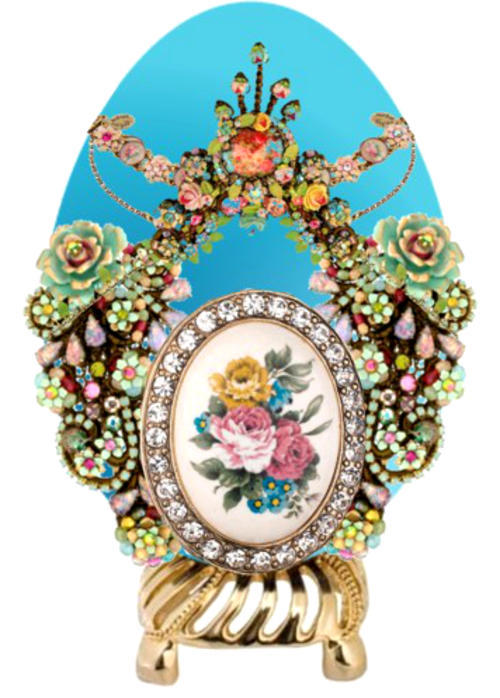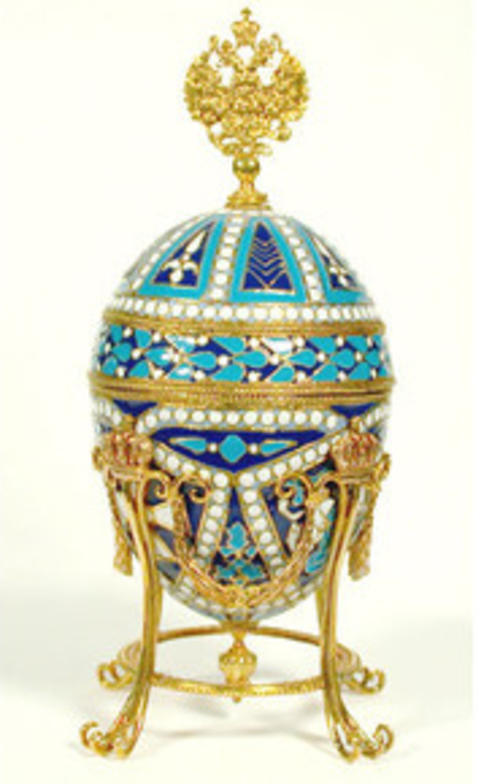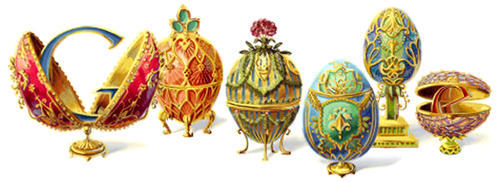
The Jewelled Creation
Fabergé eggs! Bywords for creativity and exquisite craftsmanship, these jewelled objets d'art are a nostalgic reminder of Imperial Russia's last royal family, the Romanovs, their extravagant lifestyle and also their tragic end.
The Fabergé story began in 1885, when Tsar Alexander III commissioned a special Easter gift for his wife, Maria Fedorovna, with Peter Carl Fabergé, an upcoming jeweller. That Easter morning, Fabergé delivered his creation at the palace, a plain enamelled egg that, when opened, contained a perfect, golden yolk. From this yolk emerged a golden hen; nestled inside the hen was a tiny diamond replica of the royal crown and a ruby egg. The Tsarina was enchanted with her gift. Every Easter thence, Fabergé was commissioned to design an egg for the Tsarina, his only brief being to surprise and delight her each time. Fabergé never failed to deliver, drawing inspiration from the opulent lifestyle of the Tsars to craft his exquisite, bejewelled masterpieces. Nicholas II continued his father Alexander's tradition of gifting his mother a Fabergé egg every Easter, adding another egg for his wife, Tsarina Alexandra Fedorovna. The Imperial Eggs were first displayed in Paris during the World Exhibition in 1900. Fabergé's reputation reached stratospheric heights. Commissions from European royalty, business tycoons and aristocrats flooded his humble workshop now known as "The House of Fabergé".
Fabergé's loyalty to the Romanovs remained unswerving despite his newfound fame. The Imperial Easter Eggs, ever more lavishly fashioned and whimsical, continued to delight the royal family. The eggs were typically fashioned from precious metals and elaborately decorated with gemstones or enamelwork. In all, Fabergé created about 50 eggs, of which perhaps 42 remain. Of note is the Fifteenth Anniversary Egg (1911), a 5-inch creation with portraits of Nicholas, Alexandra and their five children and memorable events from the Tsar's reign. In hindsight, the Fabergé eggs are a poignant reminder of the Tsar's failures as a ruler. Nicholas II was forced to abdicate in 1917 and executed with his family in 1918. His dowager mother, Empress Maria Fedorovna, was the only member who escaped, taking with her the Order of St. George, the last Fabergé egg gifted to her by her son.
Peter Carl Fabergé fled from Russia. The treasures from his workshops were seized by the Bolsheviks. The family lost their legal right to produce and sell their jewellery designs under the Fabergé name until October 2007. Today, the Fabergé company is back in the business of luxury, designing sinfully gorgeous jewellery collections for the wealthy and famous, like Les Fabuleuses and Les Saisons Russes, richly decorated Egg Pendants and stylish wristwatches, each product a masterpiece and tribute to Peter Carl Fabergé's creative vision and dedicated craftsmanship. If you cannot afford the real thing, take a look at a variety of Fabergé egg-inspired items, from paper weights to trinket boxes. | 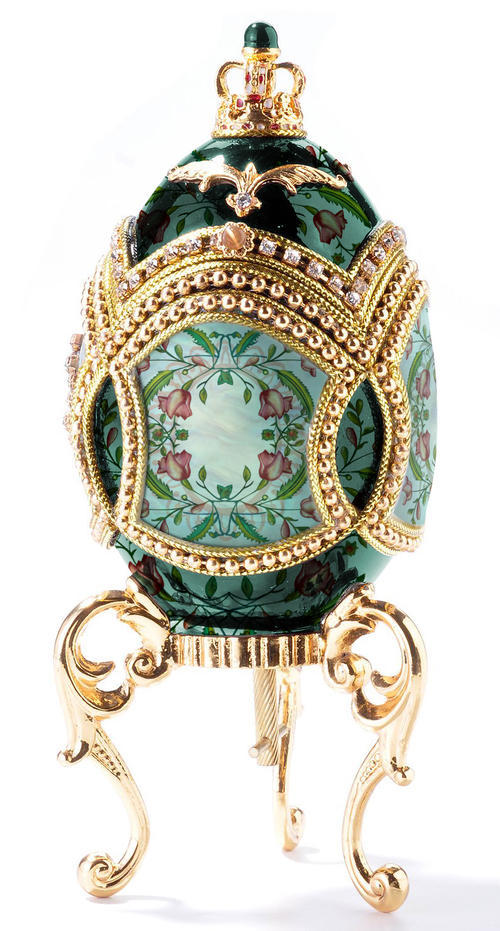 |

